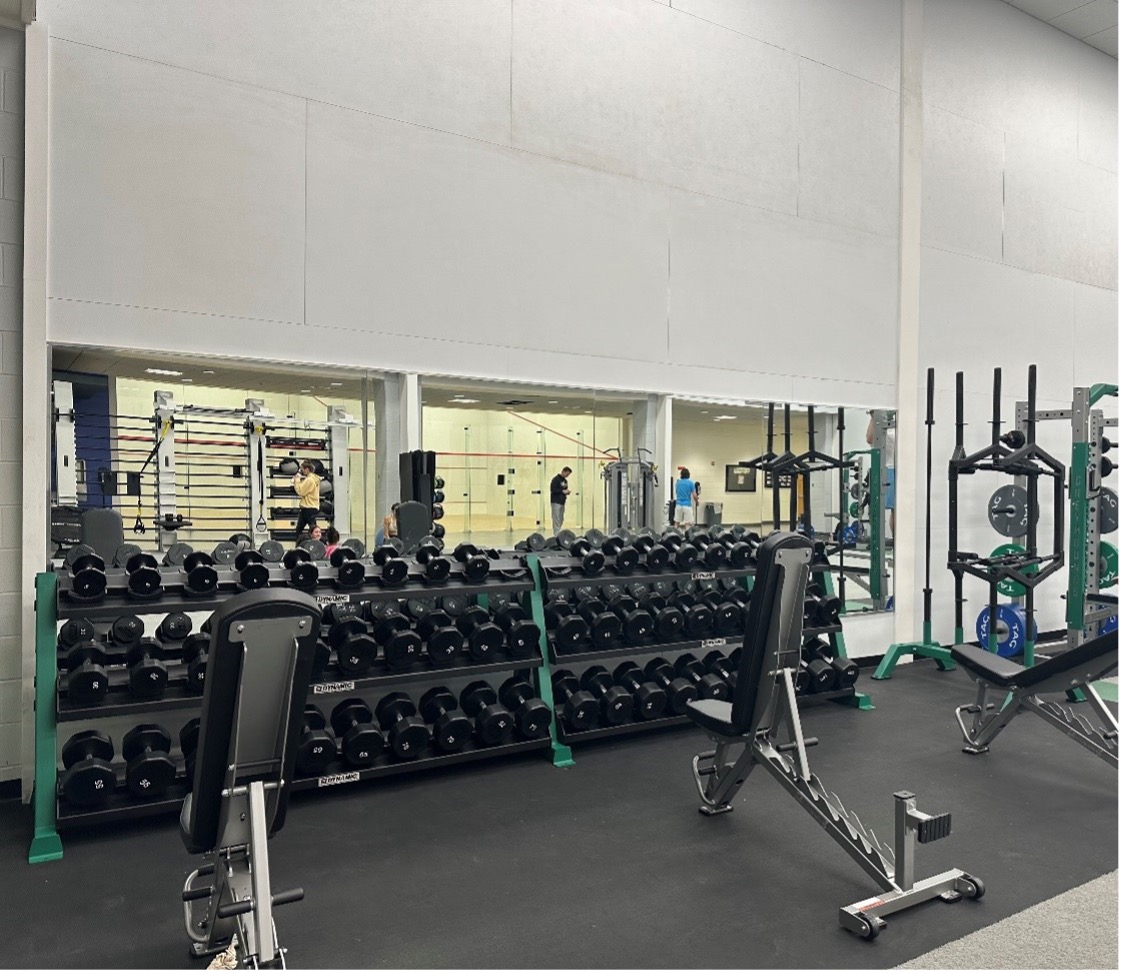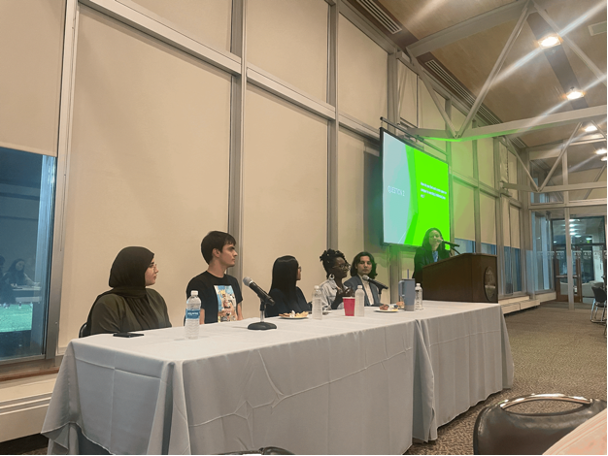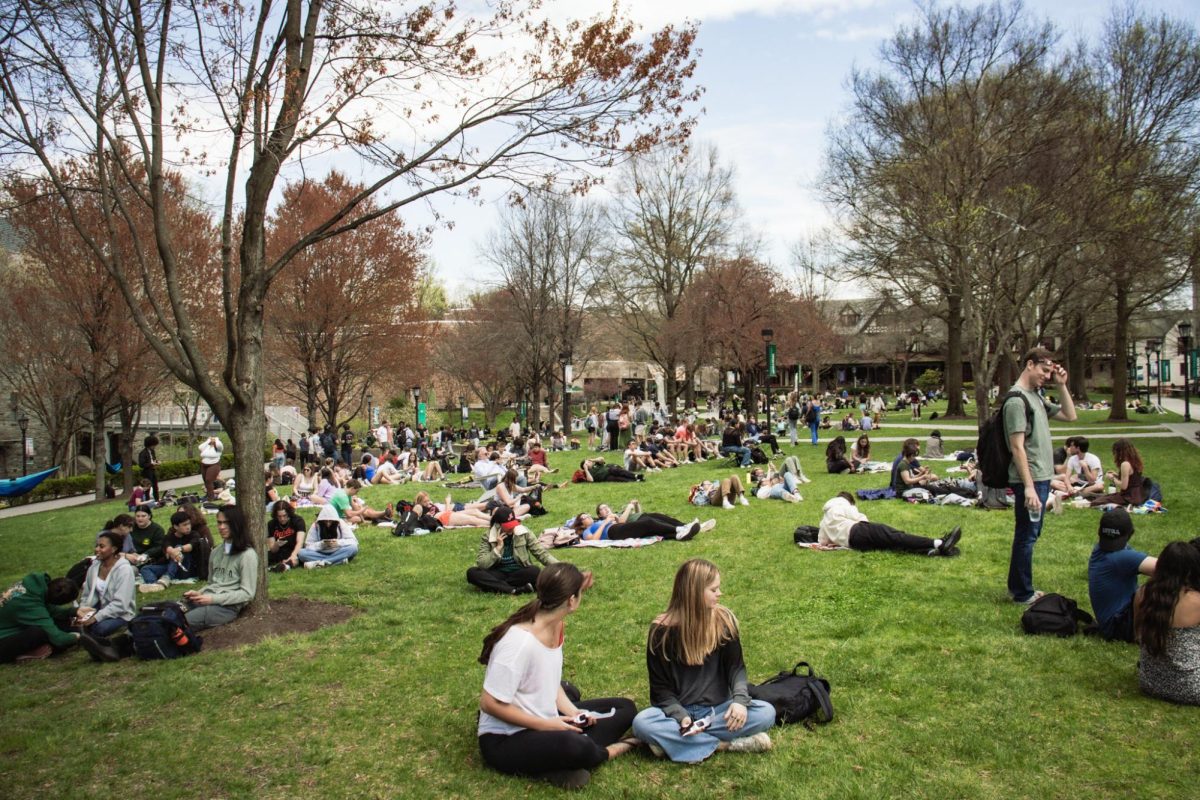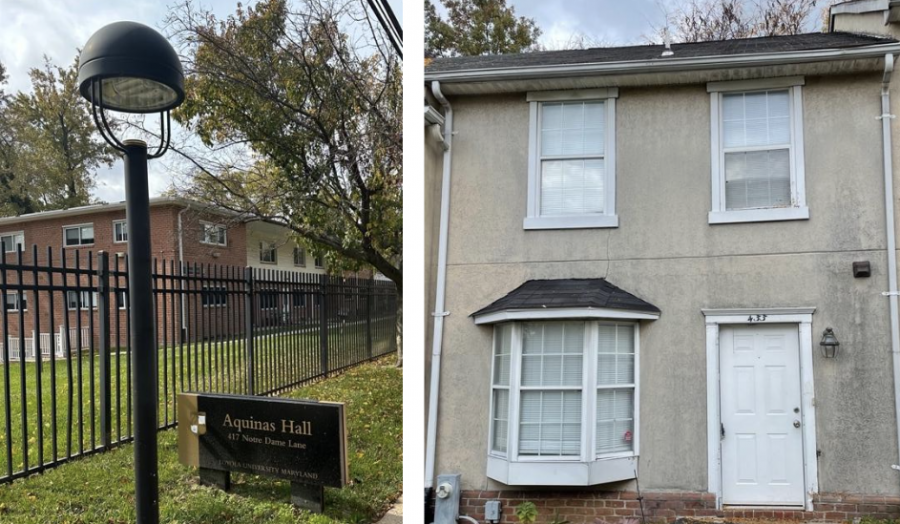The following represents the opinion of the student reporter and does not represent the views of Loyola University Maryland, the Greyhound, or Loyola University’s Department of Communication.
On Campus
Living on campus is the way that almost all Loyola students begin their college experience. This has a few crucial benefits. Firstly, it allows first-year students to focus on the transition to college without concern for leases in town. Additionally, these younger students don’t have to worry about the various transportation options required to bring off-campus students to class. Most importantly, it builds a sense of comradery in the class through shared experiences with neighbors in the common areas and dorm hallways. This benefit is somewhat diminished as students get older. The college workload is more manageable for an upper-class student and the possibility of having a vehicle provides a sense of freedom instead of a distraction.
Loyola housing has variable costs based on the situation students are living in. Apartments, which have a common room, cost students $12,450 per year while residence halls cost students $11,050 per year. These prices do not include meal plans, which are a requirement for students who live on campus. The basic freshman meal plan will cost the students an additional $5,450. This necessity raises the approximate cost of on-campus living between $16,500 and $17,900.
Juliet Watstein ’24, who lives on campus, says that the dependable nature of the housing is a benefit.
“It was nice to not have to worry about where I was going to live, and it lets me use my meal plan.” On a less positive note, she said that the high price tag and stricter rules are the only major downsides.
Living Off Campus
Many students enjoy the freedom of an off-campus apartment. These rentals allow students to have more space, more privacy, and on some occasions for less money. Peter Hiltz ‘23, who lives in an off-campus apartment, spoke on his choice of housing.
“The main factor for my move off campus was primarily freedom. Some of the strict rules on campus led me to seek other options,” Hiltz said, “I also pay less and have my own room.”
This demonstrates a major flaw in the Loyola housing system: the price. Some students feel that the facilities provided by Loyola are not worth the thousands of dollars. Hiltz also said that having a backyard and his own bathroom is a major plus for the apartment.
Even with all these great positives, Hiltz says there are notable downsides. Managing the paperwork and having the correct signatures for the lease is a complexity that some students may not want to concern themselves with. Additionally, the need for some form of transportation limits housing options for students who don’t have a car.
The cost of a student apartment in the surrounding areas of Baltimore could cost students between $600 to $1400 per month. This amount, when calculated with the common lease duration of a year, would cost between $7,200 and $16,800. This amount does not include utilities, which are covered by Loyola. However, this calculation accounts for a full year of living time in the apartment, while Loyola only houses students for eight or nine months of the year. These factors demonstrate that Loyola housing is not the most affordable option.
However, there are associated costs that affect off-campus students disproportionately. The cost of commuting is one of these. Gas could be estimated to cost students who commute from the local area at about $400 per year. Loyola also charges off-campus students a parking fee of $125. Additionally, buying furniture is another cost. Renting a bed for a full year would cost any consumer about $500 per year. If students choose to forgo having a meal plan and budget accordingly at the grocery store, they could have groceries for about $1000 per year. These factors almost level the cost with Loyola and account for the large discrepancy in price.
Commuting In
Finally, the third and smallest group of Loyola students are commuters. These students have the benefit of staying at home and making the most of their family’s resources. This allows them to use the advantage of Loyola’s reputation as an academically strong institution and its close location.
In addition, the lower cost of commuting and the savings of a reduced meal plan majorly benefit commuters. Commuters are not required to pay any fee for housing and only have the cost of commuting. This is a major cost-saving measure. The only major fee they are responsible for is the $250 parking fee if they decide to park on campus.
Andrew Dominguez ‘26, a first-year commuter student, says that the main factors that led to his decision to be a commuter student were his proximity to Loyola, his work schedule, and the cost savings of living at home.
“The number one factor was the cost of living on campus versus the cost of living at home or at an apartment off campus,” Dominguez said, “Another factor would be that I work early in the mornings, typically around 5 a.m., and I need my car to drive to work while also being able to wake up that early without disturbing others.”
However, there are a few non-monetary disadvantages to the commuter student. Some commuter students describe the feeling that they cannot connect with their fellow classmates as well as on-campus students. Dominguez says that he isn’t yet involved in any activities on campus and that it can be difficult being involved while living away from campus.
What’s Best for You
Different housing options are beneficial to different people. Some students who may enjoy the structure and dependability of always having a Loyola dorm may be more inclined to live on campus throughout their entire college experience. The estimated total cost to live on campus at Loyola housing is between $16,500 and $17,900. Students who find themselves to be responsible and willing to battle the temptations of living off campus will save some money and may even increase their level of privacy. There is a massive price range of apartments off campus, however, and a student could expect to pay approximately $7,000 to $17,000. Finally, commuter students benefit from the largest savings, required to only pay a minor $250 parking fee if they park on campus. This living situation can only be taken advantage of by students that live in close proximity to the school.
Featured Images Courtesy of Robert Handler













































































































